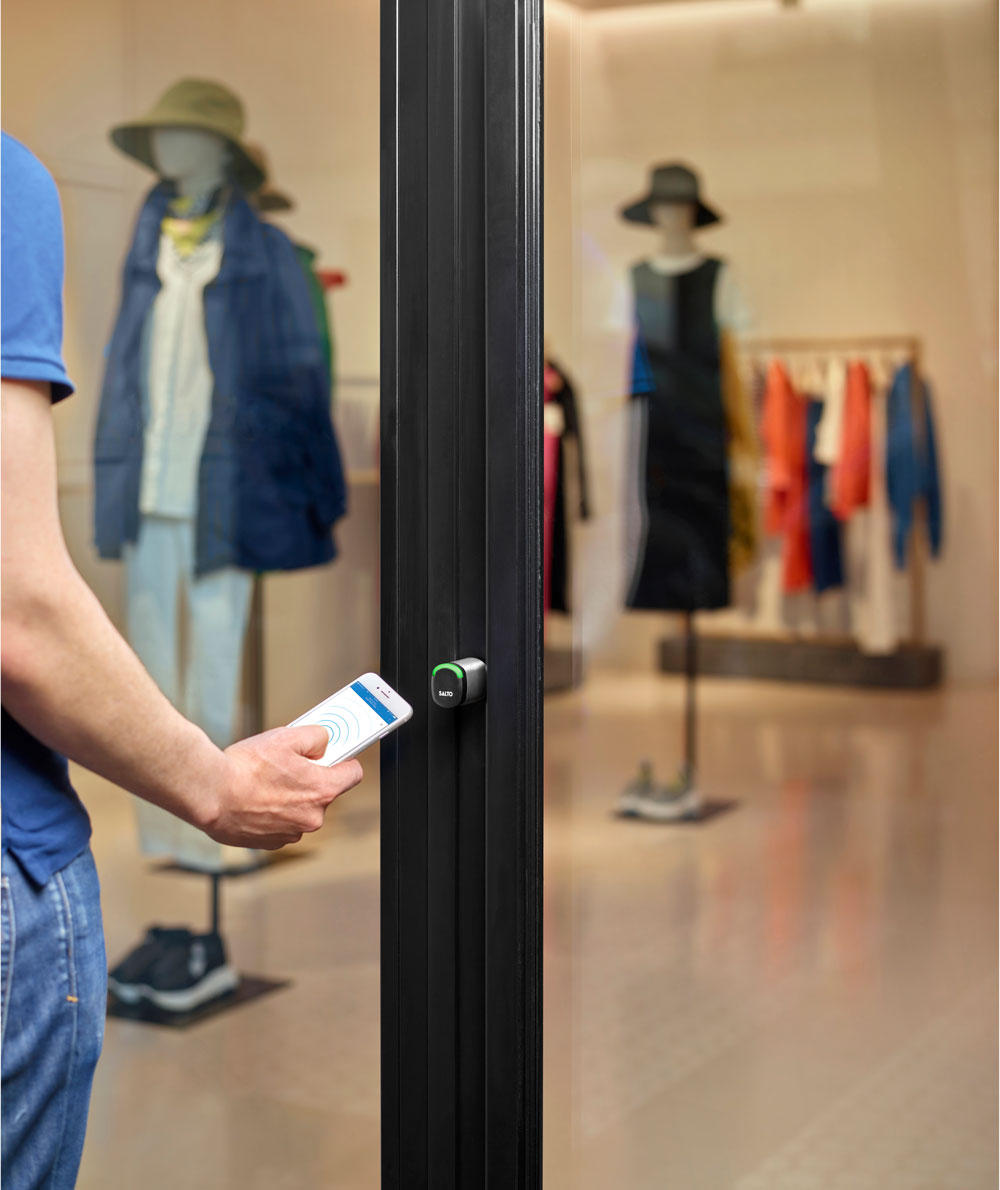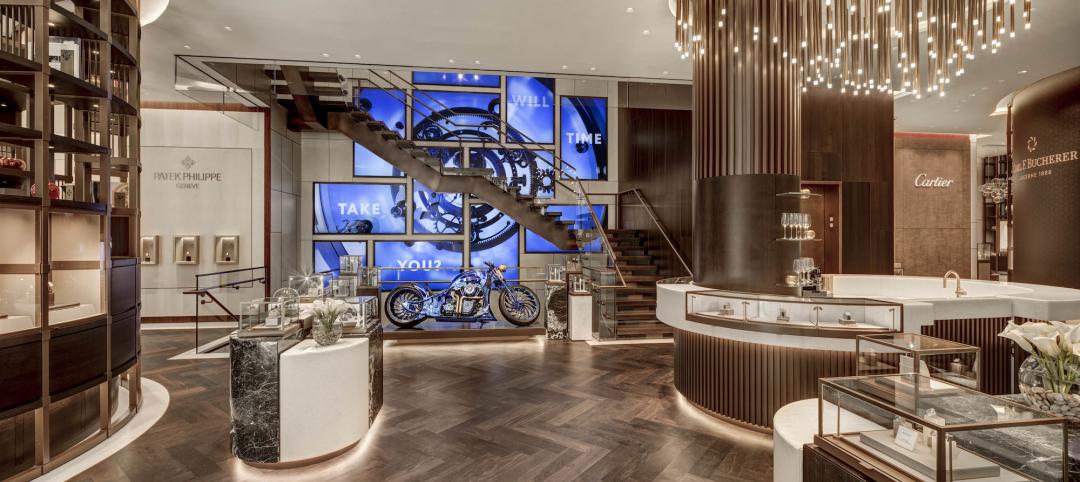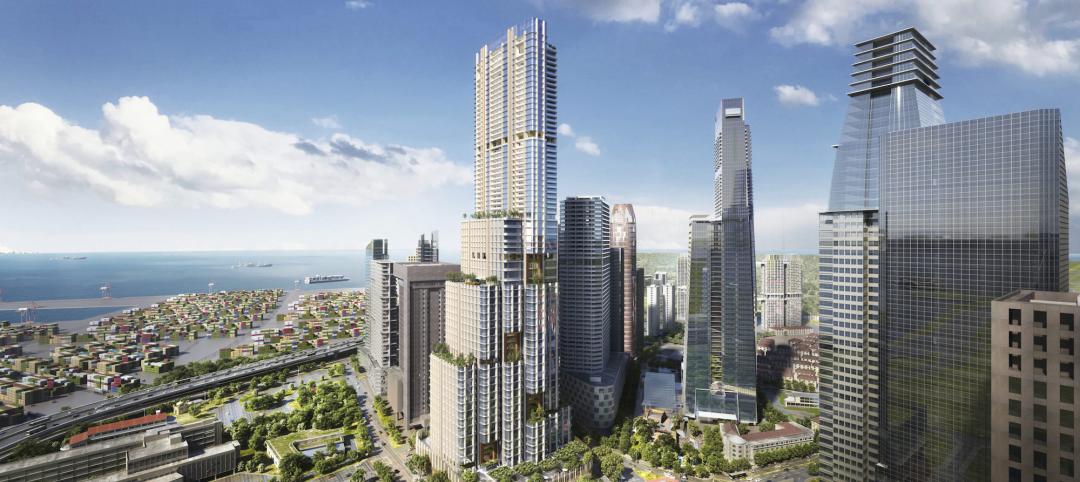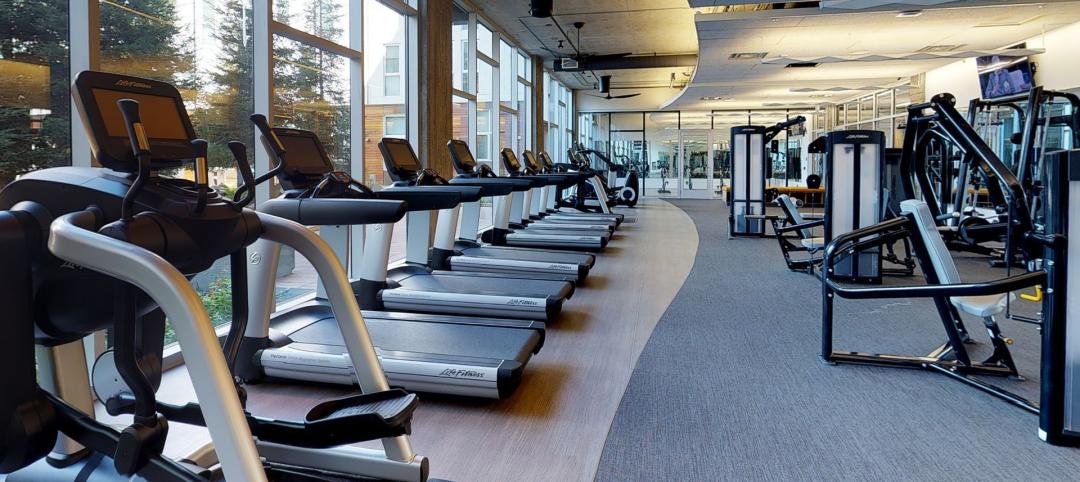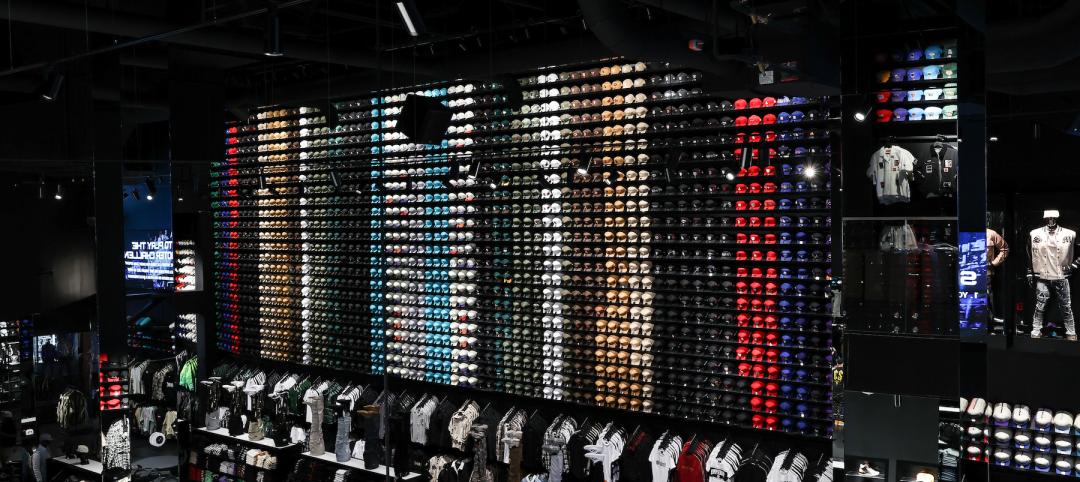“Dark deliveries” is a term that refers to receiving shipments in retail facilities when the store is closed or minimally staffed. “This can happen late at night, early in the morning, or when the retail operation is outside its peak activity mode,” says John Wright, Retail & Fitness Industry Business Leader at SALTO Systems.
While dark deliveries aren’t a new concept, they’ve recently gained more attention due to the increase in e-commerce and the need for efficient, round-the-clock operations. Wright notes that the Covid-19 pandemic also increased the trend toward dark deliveries in order to minimize interpersonal contact. “What’s new, however, is the advanced wireless access control technology — like SALTO KS — that makes managing dark deliveries more secure and efficient than ever before,” he adds.
The Basics of Wireless Access Control
One of the important features of wireless access control is how it is able to manage permissions remotely. Retail managers don’t need to be onsite to allow access, and they can specify certain windows of time during which delivery drivers can access the facility, all from a smartphone or computer.
This level of control has multiple benefits. It not only limits delivery access to specific windows of time during off-hours — it records who entered the facility and when. If a security issue should arise, this audit trail is key to investigating it. If unauthorized access should occur or a door is left open, real-time notifications alert management of the breach.
Another important benefit of wireless access control is how easy the system is to install. It doesn’t require expensive wiring and allows for a faster and smoother transition to dark deliveries. And as the retail operation grows, wireless systems are easier to scale up than traditional wired systems. This might involve additional retail locations, storage facilities or loading docks.
How Wireless Access Works
Wireless access control is managed remotely in the cloud. Access permissions are configured through a centralized management platform, usually accessible through a web browser or mobile app. This enables management to adjust permissions as necessary from anywhere at any time.
Entry to the facility can be scheduled for specific hours. However, should a delivery driver arrive at an unscheduled time, temporary access can be granted. For one-time or infrequent drivers, temporary access codes can be issued which expire after a set period of time. In an emergency situation, doors can be instantly locked or unlocked from the management platform, allowing for a quick response.
Security is an important feature of wireless access control. It can be set up to require multi-factor authentication, necessitating a second form of verification to enter the facility. Additional security is also provided through advanced encryption applied to the data collected by the system. “This ensures that information like access codes and logs are secure from cyberthreats,” says Wright. He notes that wireless access control can also integrate with other security systems, like closed-circuit TV, alarms and inventory control systems, becoming an integral part of a comprehensive security strategy.
Because the locks are battery-operated, they are easy to install and maintain, requiring no wiring. Battery life can be monitored remotely, ensuring the locks are always operational.
Real Benefits
Wireless access control reduces shrinkage, says Wright. “One of the primary areas where retailers experience losses is through shrinkage, which includes theft, fraud and inventory errors. Wireless access control helps by strictly regulating who has access to inventory areas, thereby reducing opportunities for theft.” The audit trails provided by the wireless systems makes it easy to track who has been where and when. This increases accountability among staff and contractors, and deters theft and mishandling of goods.
For retail businesses with compliance concerns, failing to adhere to regulations about who can access certain areas and when they’re permitted to can result in significant fines. Wireless access control monitors facility security and helps retailers avoid these financial penalties.
These systems offer additional financial benefits as well. Insurance premiums may be reduced due to decreased opportunity for theft, and the number of staff required to be on-premises during off-hours to receive deliveries can be reduced.
Other benefits include:
- Reduced risk of litigation by providing evidence in the event of an incident
- Vendor accountability, ensuring that deliveries are being made on time
- Providing cleaning and maintenance crew access during off-hours
- The ability to better manage energy usage, since smart access can be integrated with lighting and climate control systems
- Private shopping appointments for VIP customers
The real benefits of wireless access control can’t be overstated. Having complete control of who enters the retail establishment and when provides additional security, efficiency and financial advantages that mechanical locks simply cannot.
Related Stories
Sports and Recreational Facilities | Feb 27, 2023
New 20,000-seat soccer stadium will anchor neighborhood development in Indianapolis
A new 20,000-seat soccer stadium for United Soccer League’s Indy Eleven will be the centerpiece of a major neighborhood development in Indianapolis. The development will transform the southwest quadrant of downtown Indianapolis by adding more than 600 apartments, 205,000 sf of office space, 197,000 sf for retail space and restaurants, parking garages, a hotel, and public plazas with green space.
Retail Centers | Feb 24, 2023
Santiago Calatrava unveils plans for a luxury retail and office complex in Düsseldorf, Germany
Renowned architect and engineer Santiago Calatrava, along with the CENTRUM Group, has unveiled plans for Calatrava Boulevard, a luxury retail and office complex in Düsseldorf, Germany. Running parallel to Königsallee and connecting with the Steinstrasse station, Calatrava Boulevard will incorporate and connect to the boulevard’s existing buildings.
Codes and Standards | Feb 21, 2023
Standards vs Guidelines: The benefits of establishing process
The unsung hero of standards may be the impact they can have on speed to market and price of product and project, according to IA Interior Architects.
Intelligent Lighting | Feb 13, 2023
Exploring intelligent lighting usage in healthcare, commercial facilities
SSR's Todd Herrmann, PE, LEEP AP, explains intelligent lighting's potential use cases in healthcare facilities and more.
Giants 400 | Feb 9, 2023
New Giants 400 download: Get the complete at-a-glance 2022 Giants 400 rankings in Excel
See how your architecture, engineering, or construction firm stacks up against the nation's AEC Giants. For more than 45 years, the editors of Building Design+Construction have surveyed the largest AEC firms in the U.S./Canada to create the annual Giants 400 report. This year, a record 519 firms participated in the Giants 400 report. The final report includes 137 rankings across 25 building sectors and specialty categories.
Giants 400 | Jan 31, 2023
2022 Retail Giants: Top architecture, engineering, and construction firms in the U.S. retail building sector
Gensler, CallisonRTKL, Kimley-Horn, Henderson Engineers, Whiting-Turner Contracting, and Turner Construction top BD+C's rankings of the nation's largest retail sector architecture, engineering, and construction firms, as reported in the 2022 Giants 400 Report.
High-rise Construction | Dec 7, 2022
SOM reveals its design for Singapore’s tallest skyscraper
Skidmore, Owings & Merrill (SOM) has revealed its design for 8 Shenton Way—a mixed-use tower that will stand 63 stories and 305 meters (1,000 feet) high, becoming Singapore’s tallest skyscraper. The design team also plans to make the building one of Asia’s most sustainable skyscrapers. The tower incorporates post-pandemic design features.
Mixed-Use | Dec 6, 2022
Houston developer plans to convert Kevin Roche-designed ConocoPhillips HQ to mixed-use destination
Houston-based Midway, a real estate investment, development, and management firm, plans to redevelop the former ConocoPhillips corporate headquarters site into a mixed-use destination called Watermark District at Woodcreek.
Retail Centers | Nov 29, 2022
'Social' tenants play a vital role in the health of the retail center market
After a long Covid-induced period when the public avoided large gatherings, owners of malls and retail lifestyle centers are increasingly focused on attracting tenants that provide opportunities for socialization. Pent-up demand for experiences involving gatherings of people is fueling renovations and redesigns of large retail developments.
Retail Centers | Nov 17, 2022
Streetwear brand Culture Kings plants its flag in Las Vegas
The immersive retail concept gives customers more reasons to stay in the store longer.



